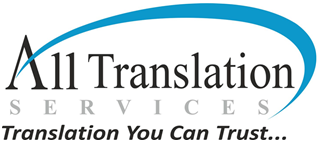Submitting Non-English Documents to Service Ontario and Service Canada
___Looking for a local language translation service provider in Oakville, Brampton, Calgary, Edmonton, Halifax, Kitchener, Markham or in Mississauga? Our Toronto translation company will be happy to help you.
Service Ontario:
Translation or Explanation: If you’re submitting non-English documents, consider providing a certified translation of the document into either English or French. Alternatively, you can include an explanation in English or French that outlines the content and purpose of the non-English document.
Supporting Documentation: If the non-English document is a supporting document for an application or request, it’s advisable to include an official translation or explanation to ensure that your submission is accurately understood.
Contact Information: If you have questions about submitting non-English documents to Service Ontario, consider reaching out to their customer service for guidance. They can provide specific instructions based on the nature of your documents and the services you’re seeking.
Service Canada:
Translation or Explanation: Similar to Service Ontario, Service Canada may require non-English documents to be translated into either English or French. If translation is not possible, include an explanation in English or French that clarifies the document’s content and relevance.
Application Forms: If you’re submitting application forms in a language other than English or French, check if Service Canada provides translated versions of these forms. Some forms may be available in multiple languages to assist applicants.
Document Authentication: Depending on the nature of the document, Service Canada may require it to be authenticated or notarized. Ensure that any translations or explanations are also authenticated if necessary.
Communication Channels: If you’re uncertain about how to proceed with non-English documents, consider reaching out to Service Canada’s support or visiting their official website for guidance. They may have specific instructions for handling non-English documentation.
Remember that providing accurate translations or explanations enhances the likelihood of your documents being understood and processed correctly by the respective agencies. It’s recommended to engage professional translation services if you’re unsure about the accuracy of translations or need certified translations for official purposes. By adhering to these guidelines, you can effectively navigate the submission of non-English documents and access the services offered by Service Ontario and Service Canada.
